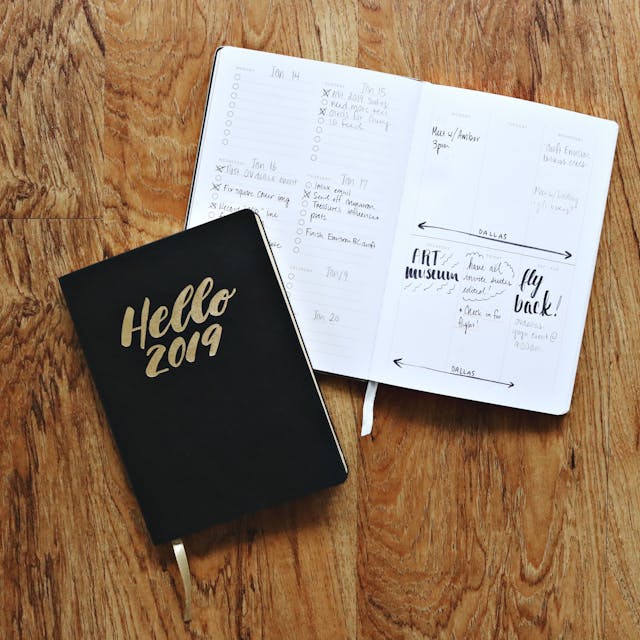
Self-assessment and reflection are powerful tools for learners of all ages and backgrounds. By taking the time to evaluate our own progress, strengths, and areas for improvement, we can gain valuable insights that inform our learning journey and help us reach our goals more effectively. In this article, we’ll explore the importance of self-assessment and reflection in learning and provide techniques to help you monitor your progress and maximize your learning potential.
Understanding Self-Assessment and Reflection
Before we delve into specific techniques, let’s clarify what we mean by self-assessment and reflection in the context of learning:
Self-assessment: Self-assessment involves evaluating your own performance, skills, and understanding of a subject or topic. It often involves comparing your work or knowledge against specific criteria or standards to determine your level of proficiency.
Reflection: Reflection goes beyond mere assessment and involves deeper introspection and analysis of your learning experiences. It allows you to examine not only what you have learned but also how you have learned it, as well as the factors that have influenced your learning process.
Together, self-assessment and reflection provide a holistic approach to monitoring learning progress, empowering learners to take ownership of their learning and make informed decisions about their educational journey.
The Benefits of Self-Assessment and Reflection
Self-assessment and reflection offer a wide range of benefits for learners:
Increased Self-Awareness: Self-assessment and reflection help you develop a deeper understanding of your strengths, weaknesses, preferences, and learning style.
Improved Learning Outcomes: By identifying areas for improvement and adjusting your approach accordingly, you can enhance your learning outcomes and academic performance.
Enhanced Motivation: Regular self-assessment and reflection can boost motivation by highlighting your progress and accomplishments, as well as providing a sense of purpose and direction.
Empowerment: Taking an active role in monitoring your learning progress empowers you to take control of your education and make informed decisions about your learning goals and strategies.
Techniques for Self-Assessment and Reflection
Now, let’s explore some practical techniques for incorporating self-assessment and reflection into your learning routine:
1. Keep a Learning Journal
Maintain a learning journal where you can record your thoughts, insights, challenges, and achievements related to your studies. Set aside regular time to write in your journal, reflecting on your learning experiences, goals, and progress. Use prompts such as “What did I learn today?” and “What challenges did I encounter?” to guide your reflections.
2. Set Clear Learning Goals
Establish specific, measurable learning goals that align with your academic objectives and aspirations. Regularly assess your progress towards these goals, identifying any areas where you may need to adjust your approach or seek additional support. Break larger goals down into smaller, more manageable tasks to track your progress more effectively.
3. Use Rubrics and Checklists
Utilize rubrics and checklists to assess your performance on assignments, projects, and exams. Compare your work against the criteria outlined in the rubric or checklist, identifying areas where you have met or exceeded expectations and areas where you may need to improve. Use this feedback to inform your future efforts and refine your skills.
4. Seek Feedback from Others
Seek feedback from teachers, mentors, peers, and tutors to gain additional perspectives on your learning progress. Accept constructive criticism well, and see criticism as a chance for personal improvement.. Ask specific questions about your performance and areas for improvement, and take notes to incorporate feedback into your learning plan.
5. Reflect on Challenges and Mistakes
Embrace challenges and mistakes as valuable learning opportunities. When faced with difficulties or setbacks, take the time to reflect on what went wrong, what you can learn from the experience, and how you can improve in the future. Adopt a growth mindset that views failures as stepping stones to success and resilience as a key attribute of effective learning.
6. Assess Your Study Strategies
Evaluate the effectiveness of your study strategies and learning techniques. Experiment with different approaches, such as active recall, spaced repetition, and elaborative interrogation, to determine what works best for you. Monitor your study habits, time management skills, and attention span, making adjustments as needed to optimize your learning environment.
7. Monitor Your Emotional Well-being
Pay attention to your emotional well-being and its impact on your learning. Notice how stress, anxiety, fatigue, and other emotions affect your ability to concentrate, retain information, and perform academically. Practice self-care techniques such as mindfulness, relaxation exercises, and time management to maintain a healthy balance between your academic responsibilities and personal well-being.
Conclusion
Self-assessment and reflection are essential components of effective learning, providing learners with valuable insights into their progress, strengths, and areas for improvement. By incorporating techniques such as keeping a learning journal, setting clear goals, using rubrics and checklists, seeking feedback from others, and reflecting on challenges and mistakes, you can take an active role in monitoring your learning journey and maximizing your potential. Embrace self-assessment and reflection as powerful tools for personal growth, empowerment, and lifelong learning.